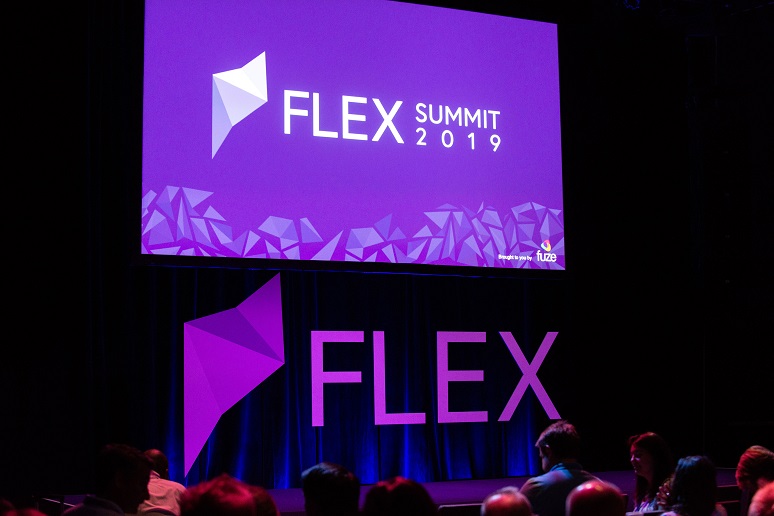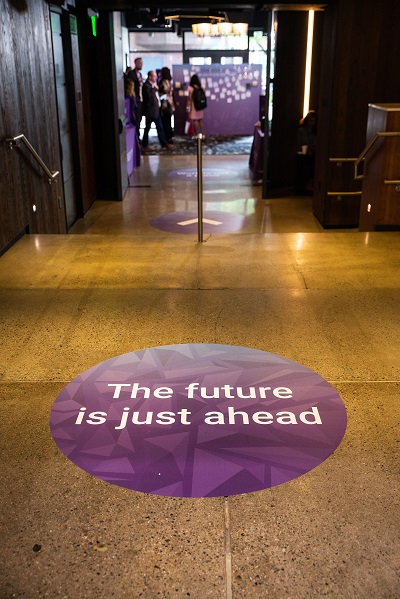Fuze last month hosted an informative gathering to address future-of-work trends and issues with distributed and flexible collaboration and productivity. The event, called
Flex Summit, featured 13 presentations (many available for viewing
here) on the emerging challenges and opportunities of flexible workplaces.
The speaker lineup was diverse. The topics ranged from best practices, to 5G, physical robots, AI, and more. It wasn’t a traditional vendor conference, in that Fuze only played the role of host and didn’t present on how its services could facilitate mobile and distributed work.
Most readers here are familiar with how UC technologies enable working from anywhere, on any device, at any time. While this is indeed a marvelous accomplishment, it’s just a precursor to many of the radical changes occurring in the workplace. In a presentation on how flexible work is transforming global communities,
Dr. Alaa Murabit, UN high-level commissioner on health employment and economic growth, cited that just offering flexible work options leads to 89% higher retention rates for companies. She cited that American Express had 43% higher productivity rates after implementing flexible work policies.
However, there’s a dark side to flexible work, Murabit said. Unintended consequences of flexible work include exacerbating socio-economic and gender inequalities, she shared. Remote workers need to have access to technology as well as strong communication skills, and these two requirements eliminate a lot of otherwise qualified candidates -- particularly outside of the west and in non-tech careers.
Flexible work can contribute to burnout, too, Murabit said. More than 50% of remote employees face personal wellness issues, she said. In fact, it’s no coincidence that the World Health Organization recently classified
burnout as a disease. Without a clear schedule, the same self-motivated characteristics that allow many teleworkers to succeed cause others to burn out. Thirty percent of remote workers don’t know when they’re supposed to be working, and 85% of them feel an incredible sense of isolation, she said.
The message was clear: Flexible work is much more than a technical issue. The workday in general is far less structured than it used to be, but it’s particularly unstructured for distributed workers across time zones. One of the key benefits of distributed work is schedule flexibility, yet this turns against us if we can’t turn it off. The antidote is connection, Murabit said. When employees feel a sense of purpose that’s supported by inclusive and responsive management, they’re more than 80% healthier and happier, she explained.
This was a nice set up for
Ryan Merkley, CEO of Creative Commons. To Merkley, the term “remote work” is erroneous. That’s because use of the word “remote” suggests that the work is at the office, when in fact work is where the people are. “Distributed work” is the better term he said, and he presented his experience running a 100% distributed company. Creative Commons closed its physical office because few of its employees were local to it. He touted the many benefits of distributed teams, but cautioned that effort is required to counteract how our culture prizes individual accomplishments. Leadership is really about driving effective collaboration, he said.
Merkley shared several practices that he uses to manage a distributed team effectively. For example, if one person is distributed, everyone is distributed. This rule acknowledges that interactions taking place among a distributed workforce have different needs than those among colleagues located in the same place. If six participants are in the same room and one is remote, the meeting qualifies as distributed and has a distinct set of practices, including sending agendas in advance, verification that all parties can see and hear, shared and visible notetaking, a digital whiteboard, and more.
Not all meetings in a distributed company are distributed. Sometimes the social dynamic is necessary and appropriate to meet in person. For these meetings, Merkley said he funds travel and requires participation. “You are either in the meeting or not,” he said. He also said he practices the full-attention or no-attention rule, and mocked the “sent from mobile” in email signatures as an excuse for a compromised response. If you can’t fully engage, just say so and respond when you can.
Personal video meetings help him retain connections and minimize burnout, and he prioritizes these recurring meetings despite travel and other commitments, Merkley said. A shared Google Doc serves as a live agenda and log. He minimizes communication channels to specific tools in order to retain a useful conversation history. He recommends the use of shared
objectives and key results to ensure alignment among team members.
Click below to continue to Page 2











